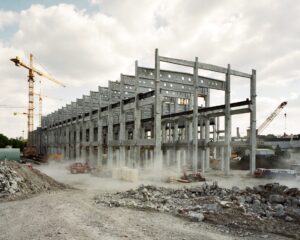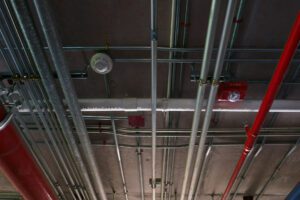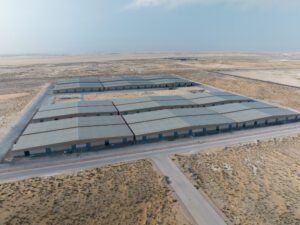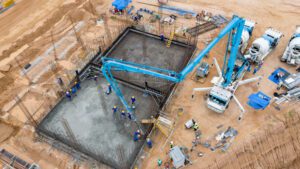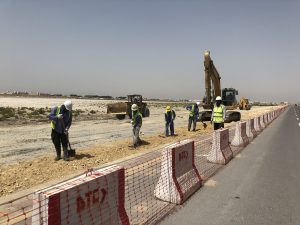Connected Construction Site
The construction site is often thought of as an isolated, analog place; however, with the rise of new technologies, it has become increasingly connected. Connected construction sites are becoming the norm in today’s world, utilizing a wide range of digital solutions to increase productivity and efficiency. From machine-to-machine communication to automated analytics and project management tools, connected construction sites have revolutionized the industry in recent years. In this blog post, we will explore how connected construction sites work, what their benefits are, and how they can be used to improve the entire construction process.
What is connected construction?
The phrase “connected construction” refers to the use of technology to connect various aspects of the construction process. This includes everything from project management and coordination to on-site safety and quality control. The goal is to improve efficiency and communication throughout the construction process.
There are many different types of technology that can be used in connected construction. One example is Building Information Modeling (BIM). BIM is a type of software that helps manage the construction process by creating a digital model of the project. This model can be used to track progress, identify potential problems, and generate reports. Other examples of technology that can be used in connected construction include drones, sensors, and GPS tracking systems.
The benefits of using technology in construction are numerous. Perhaps the most important benefit is that it can help improve safety on construction sites. By having a better understanding of what is happening on-site, construction managers can make sure that workers are following safety protocols and that dangerous situations are avoided. Technology can also help improve coordination between different teams working on a project, which can lead to a more efficient construction process overall.
If you’re interested in learning more about connected construction, there are plenty of resources available online. You can start by doing a search for “connected construction” or “BIM” to find articles, videos, and case studies about this exciting new field.
Components of Connected Construction
1. Construction workers using mobile devices to access construction information and connect with co-workers, clients, and other stakeholders.
2. Cloud-based applications and data storage solutions that allow for real-time collaboration between project teams.
3. GPS tracking of construction equipment and assets to optimize utilization and improve safety.
4. Intelligent sensors embedded in construction materials and systems to provide data for analysis and decision-making.
5. Building information modeling (BIM) technology used throughout the construction process to facilitate coordination and produce as-built documentation.
What Is The Value of Connected Construction?
The value of connected construction is the ability to connect all aspects of the construction process from start to finish. This means that every phase of the project can be monitored and controlled in real-time, allowing for a more efficient and effective construction process.
A connected construction site is able to provide a number of benefits for both the construction company and the client. For the construction company, it allows for a better understanding of the project as a whole and how each individual element is performing. This information can be used to improve the overall efficiency of the construction process. For the client, it provides transparency into the construction process and allows them to see how their project is progressing.
The value of connected construction lies in its ability to improve communication and coordination between all parties involved in the construction process. By having a clear understanding of what is happening on site, potential problems can be identified and addressed quickly, before they cause delays or cost overruns.
Challenges in the Adoption of Connected Construction – Why Subs May Be Reluctant
When it comes to construction, the old adage “if it ain’t broke, don’t fix it” still rings true for many subs. They may see little need to invest in new technology when their tried-and-true methods have served them well for years. Additionally, the up-front cost of connected construction equipment can be prohibitive for smaller contractors. And even if they could afford it, they may not have the technical expertise to properly maintain and use the sophisticated equipment.
How to Implement Connected Construction
There are a few ways to implement connected construction. One way is to use a cloud-based software, which can be accessed by all members of the construction team. This allows for real-time collaboration and communication between team members. Another way to implement connected construction is to use wearable technology, such as smart glasses or smart watches. This allows for hands-free access to construction data and information.


